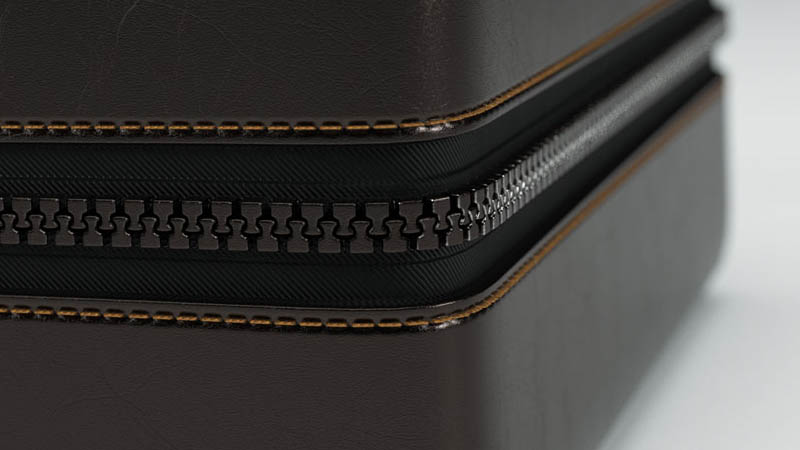
Pros: Amazing Support, Great Integration, FAST render timesĬons: slower than Vray on interiors, GPU onlyĪnyway, I know this was long winded, but I hope it helps. I do quite a bit of animation work and Octane is well integrated into both Rhino and Bongo – that, along with it’s super fast render times and outstanding quality, are why I use Octane 90% of the time. Check out Brigade on the Otoy website if you want a sneak peak. This should make Octane render insanely fast.
#THEA RENDER ENGINS PRO#
Another Pro for Octane is that the next Main version will be integrating Brigade (a near real time render technology). He listens to the users and does his best to accommodate requests. Development is very fast with Octane and the developer for the Rhino Plugin, Paul, is simply amazing. I have 8gig GPUS and don’t even come close to tapping them out. Again, depends on what type of work you do and of course what kind of hardware you have. I haven’t had any issues with this, but some users do. This really only matters if you are doing an enormous renders that can’t fit on your GPU though. The main con to Octane is that it’s GPU only. My system however, is a GPU oriented system, not a CPU heavy system, but all the renders on this list have GPU modes. At least with my system, I can achieve much faster final renders with Octane than the others. There are some improvements with the latest version of Octane that are making more scenes with indirect lighting faster though. However, I do think this is a Con to any unbiased engine. Complex interios aren’t a problem to do, you’ll just notice a slow down compared to the other types of renders with Octane. For just about everything but complex interiors, the render times with Octane are super quick. Has an Unbiased mode (Pathtracing) and a Biased mode (Diffuse and AO). Has a great dirt texture for mixing materials as well as a nice amount of procedurals for flexibility. Material creation in this engine is very flexible as you can mix materials quite easily. It’s settings are clear and straightforward and there aren’t many to deal with. Octane, to me, was as easy to learn as Maxwell. Octane – as I’ve already mentioned, this is my favorite engine. This engine doesn’t really offer anything that the others don’t right now and since support for the Rhino plugin has been so lacking, I’ve pretty much dropped Thea from my daily use. The reason it’s NOT my primary go to however, is because the support has been very poor and the development of the Rhino plugin has been at a snails pace, REALLY slow. You said you’re familiar with Thea so I won’t go on about it, but I do think it’s a great engine. Render times are much faster than Maxwell, not quite as fast as Vray. Learning curve wise I’d say it’s easier than Vray, not quite as easy as Maxwell, but close. Thea – Terrific Quality with this engine and it’s various modes (CPU and GPU) are great, same as Vray.

Pros: highly customizable, great quality, CPU renders for large format output, Fur/GrassĬons: to get into the highly customizable settings there’s still along learning curve, if you stick with basics it’s easier Since it has a biased mode you’ll (usually but not always) get a faster final result on interiors. I think the strong points of this render engine are it’s ability for large output renders (CPU capability), Tweakable settings, Clipping Planes, and Vray Fur/Grass. It’s a very mature render engine with a lot of features. Vray’s quality is outstanding and it’s highly customizable. There used to be a long learning curve, but I think the latest version has solved that. From what I can tell and from talking with other users, Vray isn’t as hard to learn as it used to be. Vray – I’ve only had experience with V1 and V2 of Vray, but V3 has a LOT of improvements. If you have any kind of background in photography (I did) then you’ll pick up Maxwell quickly. It’s integrated fairly well into Rhino and it’s very easy to understand and learn. If you are primarily doing work that requires the utmost in photorealism and you are not wanting to do much postwork AND you have the time to allow for long render times, then Maxwell is a good choice. However, it’s still quite slow compared to the rest, even with GPU integration in the latest version. The others are not far behind though to be honest and with a hair of post work the quality differences start to disappear between all of these engines.

Maxwell – I think it’s the highest quality output, most photorealistic. Below are my thoughts, and like everyone I have a favorite too and it’s Octane. I have quite a bit of experience with Thea, Octane, Maxwell, and Vray (older version of Vray, not the latest).īottom line is what you probably already know – each has it’s on strengths and weakness of course and I think it depends on the type of work you are primarily doing.


 0 kommentar(er)
0 kommentar(er)
